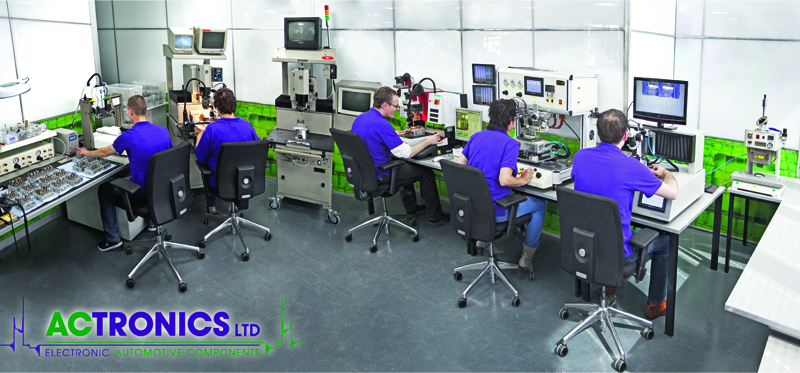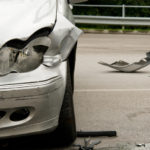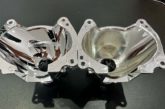As insurance companies look at ways to reduce repair costs, Thijs Jasink, COO of ACtronics, explains why they’re increasingly turning to remanufacturers.
It’s a well-known fact that re-manufacturing units is, in many cases, a more cost-effective solution than buying a new part, especially when it comes to electronic components that will often have sensitive sensors in them.
Using our own field of expertise as an example, we can often remanufacture ECUs for a fraction of what it would cost to replace with new, with the price of a new unit exceeding £1,500 in some cases.
According to Accident Exchange, between March 2015 and February 2016, almost 200,000 new cars were involved in crashes; a third of them within two months of being registered. Even though many of the accidents were low-speed prangs, repairs still cost insurers an average £2,050 per car.
Cars are now packed with so much technology that utilises sensors, radars and cameras and these components are often located in places that are vulnerable to impacts, such as bumpers and wings.
The price of repairs is also further affected by the fact that cars can be constructed from as many as 20 different types of material. These include various strengths and gauges of steel and aluminium, as well as carbon fibre and other composites, which can be welded, riveted, glued or bonded together.
“It has even been claimed that a base standard Mercedes-Benz S Class has more computer code on the vehicle than that of a Boeing Company Dreamliner.”
All of these technologies and materials are expensive to replace or repair, leading the motor insurance industry to fear that the ‘tipping point’ in a car’s life cycle (the stage where it becomes uneconomic to repair and is declared a ‘write-off’) is much sooner than ever before. This is supported by the fact that, of the new cars that had a crash last year, almost 10% were written off.
Another example is that you can’t just cut out damaged panels on a modern car, as you might cut through a sensor or its wires. To replace the front wing on the current BMW 5 Series takes three times longer than for its predecessor, because first you’ve got to strip out the whole boot-lid and disconnect all sorts of ECUs and batteries within it.
If, for example, a new bumper is fitted on some vehicles then the sensors must be coded to the vehicle and then calibrated. Although there is equipment available to help the aftermarket to take on this sort of job (such as Hella’s sensor calibration system), most sensor replacement and calibration work is still carried out by main dealers, who can basically charge what they want. We’ve heard of one dealer that wanted £1,300 to supply and calibrate the radar on a VW Golf Mk7 that had hit a pheasant!
So, with repair costs mounting up, insurance firms are more frequently looking to companies like ours to help keep the cost down and to ensure that we see fewer relatively new cars heading for the scrap yard long before their due date.











